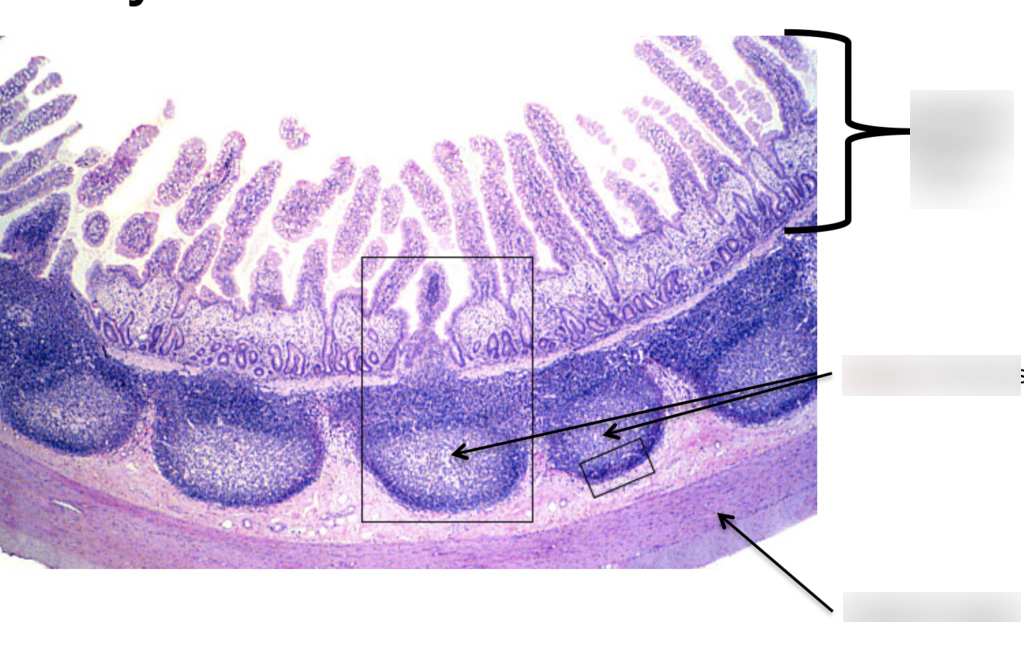5.3.1
5.0(2)
Card Sorting
1/20
There's no tags or description
Looks like no tags are added yet.
Study Analytics
Name | Mastery | Learn | Test | Matching | Spaced |
|---|
No study sessions yet.
21 Terms
1
New cards
thymus, bone marrow
where immature lymphocytes develop
2
New cards
leukocytes
white blood cells scientific term
3
New cards
lymphocytes
these white blood cells mature into B and T cells
4
New cards
spleen
acts as a blood filter. Antibody synthesis occurs here - removes antibody coated bacteria and blood cells. Reservoir of monocytes (macrophages and dendritic cells)
5
New cards
lymph node
contains B and T lymphocytes, filters and traps foreign invaders and cancer, enlarges when fighting infection
6
New cards
lymph
these vessels travel with blood vessels
7
New cards
lymph
this fluid circulates in lymphatic vessels and once filtered, returns to vena cava
8
New cards
lymph
this fluid is similar to plasma, but with less proteins and travels through thin vessels operated with valves
9
New cards
tonsils
located in the mouth for first detection and elimination of foreign invaders, fights infection, makes antibodies, contains leukocytes
10
New cards
appendix
this organ contains some lymphoid tissue
11
New cards
mucosa associated lymphatic tissue
what does MALT stand for?
12
New cards
gut associated lymphatic tissue
what does GALT stand for?
13
New cards
MALT
lymphoid tissue from nasopharynx, salivary glands, eye, skin, thyroid, breast, lungs, and gut. To protect and stop foreign invaders from entering body
14
New cards
GALT
the gut has to absorb food but keep out foreign invaders - 70% of immune cells are in the gut, makes more lymph and antibodies than any other organ
15
New cards
peyer’s patches
prevent bacterial infection in the small intestines, located in the mucous membrane

16
New cards
humoral
type of specific immunity, secrete antibodies that defend against extracellular pathogens, B cells
17
New cards
cell mediated
type of specific immunity that defends against infected cells, cancers, and transplant tissues, T cells
18
New cards
T
_ cells are in charge of cell mediated immunity because they kill cells that have been infected
19
New cards
B
_cells are in charge of humoral immunity because they kill specific pathogens using antibodies
20
New cards
neutrophils
these are attracted to sites of inflammation, injury, or infection
21
New cards
monocyte
a type of leukocyte, largest type, differentiate into macrophages and dendritic cells